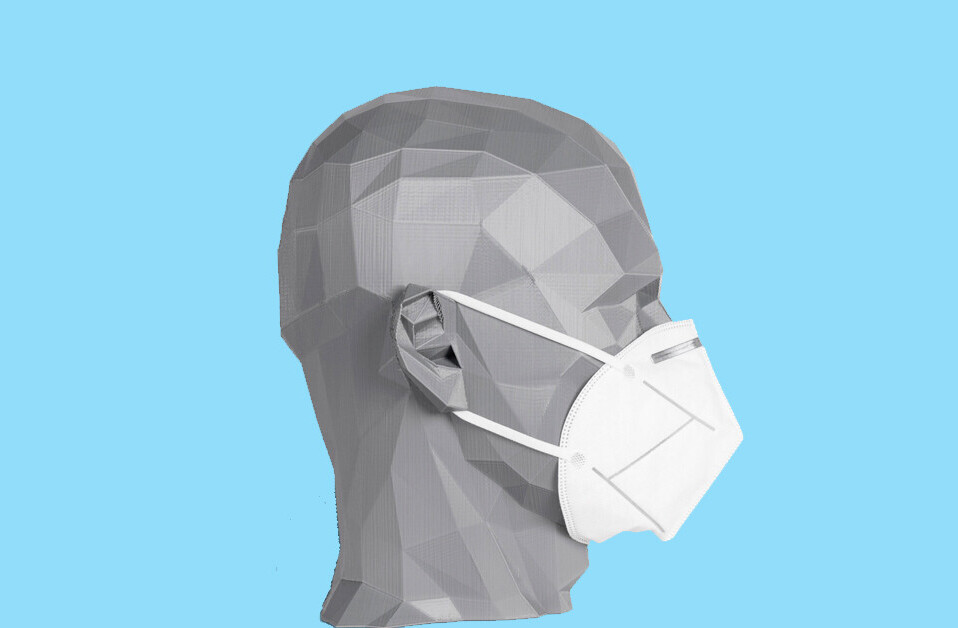
It’s no question that design is becoming more important throughout our lives. Having or using something well-designed makes all the difference. Companies are starting to understand this as well: Design plays a key role in the success or failure of their products or services.
With design becoming a key focus in the decision-making and product development of companies, the role designers have also must change to meet this new centralized approach to design.
Scott Belsky, the Chief Product Officer at Adobe, has a passion for helping creatives become more successful and empowered and advises and invests in companies and organizations at the intersection of design and technology.
Through co-founding Behance, being involved with projects such as 99U, as well as advising and investing in businesses such as Pinterest, Uber, Airtable, and Periscope, Belsky understands the crucial role design plays and the responsibilities designers in those companies have because he’s seen it first-hand.
“A key point to realize is that people don’t buy technologies or products. What they buy is their experience of that technology or product,” Belsky explains. Design is becoming more central to the decision-making and product development process of companies because mastering the experience customers have with their product is crucial. “The key to a compelling experience is great design. As brands realize this fact, they’re investing more in their design resources, hiring more creative talent and giving those designers more control over projects.”
Competitive advantage
When companies make design one of their key focus points, they can improve and master their customers’ experiences. This gives them a competitive advantage that becomes harder for competitors to emulate. “More and more businesses are recognizing that design is a competitive advantage,” Belsky explains.
With the role of designers changing to help meet the needs and requirements of design-centric companies, designers are becoming more respected and influential. According to Belsky, “Designers have to accept that as their role has become more central, there are more people who will give them feedback on their work. That can be difficult at times, but ultimately it’s a sign of respect for their work. And managed right, more perspectives should make the final product better.”
More influence means more challenges
This, however, comes with its own set of challenges, as Belsky outlines, “Designers have a lot more influence and respect in companies today, but they also face some significant challenges. One is just the velocity of content they’re asked to produce. There are so many different platforms and devices and formats and campaigns that creatives are producing content at an overwhelming pace.”
Designers are being asked to produce so much more content and designs than they ever have, while also balancing the need to gain feedback from a wider and more diverse group of stakeholders within the company. “Not only are designers working with each other to put together complicated projects, but there are also many other colleagues – from marketing to legal to the C-suite – who want to review and comment on their work. Then designers have to pass their work on to the developers who will bring it to reality,” Belsky explains.
Improving project management for designers
With so many content designers having to collaborate with so many different people, being able to handle that effectively without eating up unnecessary time is something designers are working to manage in design-centric companies. Different technologies and companies like Adobe are working to make collaboration and project management better for designers.
Belsky explains exactly how Adobe is doing just that, “There are a lot of things that technology can do to support efficient collaboration and that’s a major focus for us at Adobe. We have to help free the collaboration process from long, confusing email chains and many different versions of a project with conflicting feedback. We’re doing that to start [with] Adobe XD, our experience design platform, but will add those collaboration tools throughout Creative Cloud.”
Embrace new technologies
Designers are also being asked to design for things that are outside of the normal scope of design, such as artificial intelligence, voice assistance, and 3-D/virtual reality. For designers, this can help them expand their skill set and understand how design is impactful regardless of the media.
Belsky is passionate about where technology is headed and how designers can use all of the new technology at their disposal, “I think designers should embrace new technologies for creative reasons. With new interfaces like voice and augmented reality, you can bring things to life you were never able to do before. It’s like having new colors in your palette – why wouldn’t you try them out and see what you could create with them? As a creative person, it just makes sense to try new things.”
Designers in more design-centric companies are able to explore these new technologies in ways they may not have been able to in other roles or at other companies. This brings an exciting prospect for designers to try something new, but can be intimidating as well.
Companies like Adobe, Belsky explains, are working to make this new technology more accessible without the steep learning curve. “I get that new technologies can be intimidating and people didn’t go into design to master complex technological systems. That’s why we believe we have a responsibility to make these new mediums as accessible as possible. We’ve integrated voice prototyping into Adobe XD so that you put in a voice prompt in just the same way you’d include a tap or a swipe – designers have cool new options without having to learn a completely different way to design.”
Empathy is key
Belsky recently published a new book called “The Messy Middle,” in which he discusses the often forgotten middle part of companies (the time between when they started and when they start to see steady successes). He outlines that one of the biggest qualities that help companies navigate “the messy middle” is empathy, which Belsky explains is “vitally important so you stay connected to your customers and their problems and needs.”
Designers in companies who are going through their “messy middle” have the advantage of using empathy in their work, which helps them to better understand the customer journey.
“Great design is all about empathy. Design today is not just about making things look good. It’s about understanding what your users are trying to accomplish and creating a product that will help them accomplish their goals as efficiently as possible. That requires you to talk with customers and really understand their perspective and that kind of understanding helps provide a direction in the darkness of the messy middle.”
Great design as growth strategy
Companies benefit by placing design core to their operations and decision-making as it gives them a competitive advantage that is hard to replicate. By placing design central to their decision-making and product development, they are able to improve their customers’ experience and grow their customer base.
Designers who are in design-centric companies also benefit because their roles are more important and their work and opinions are more valued. They get to experiment with new technology, and have more influence over the decisions being made throughout the company to help improve the experience of their customers.
Get the TNW newsletter
Get the most important tech news in your inbox each week.
This post is part of our Fundamentals series and powered by Adobe. Drive your business forward with Adobe Creative Cloud for teams. Get started now.





